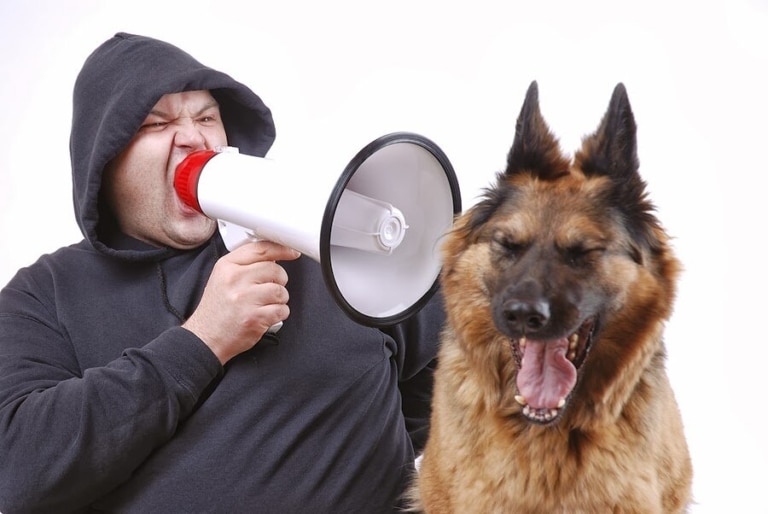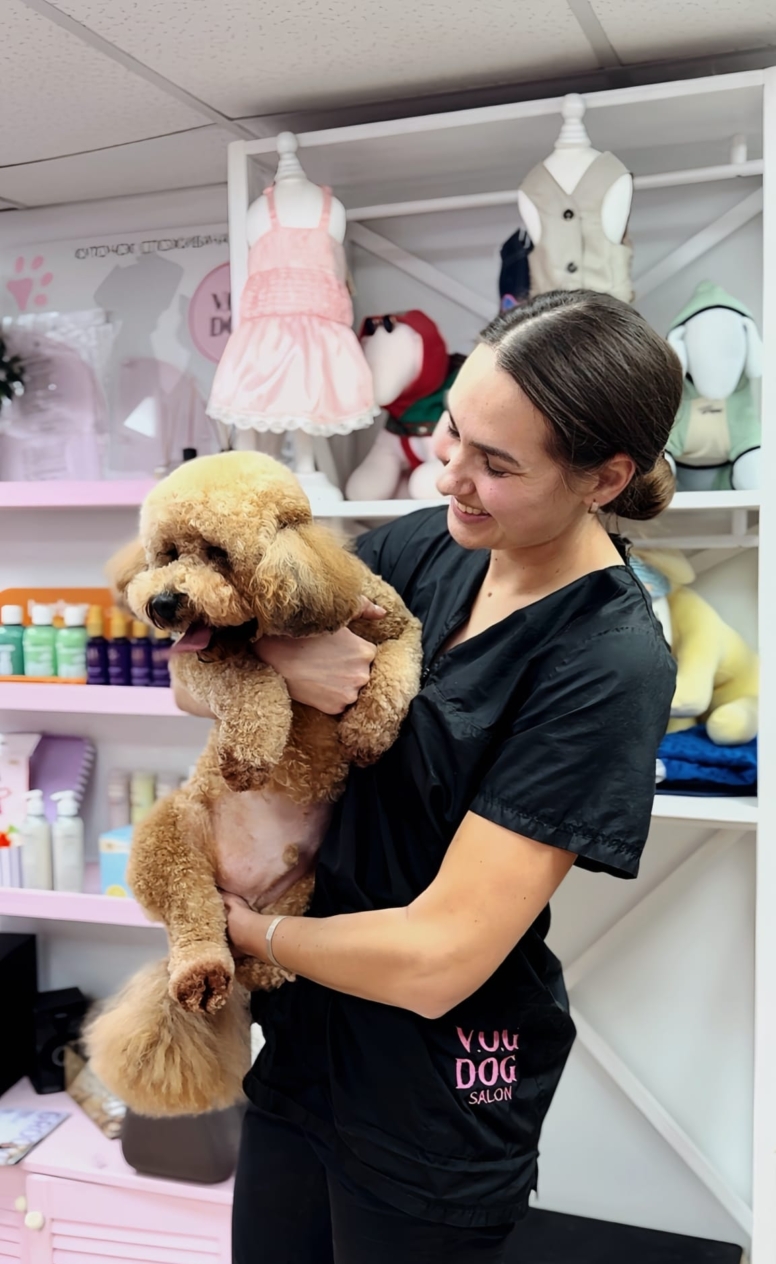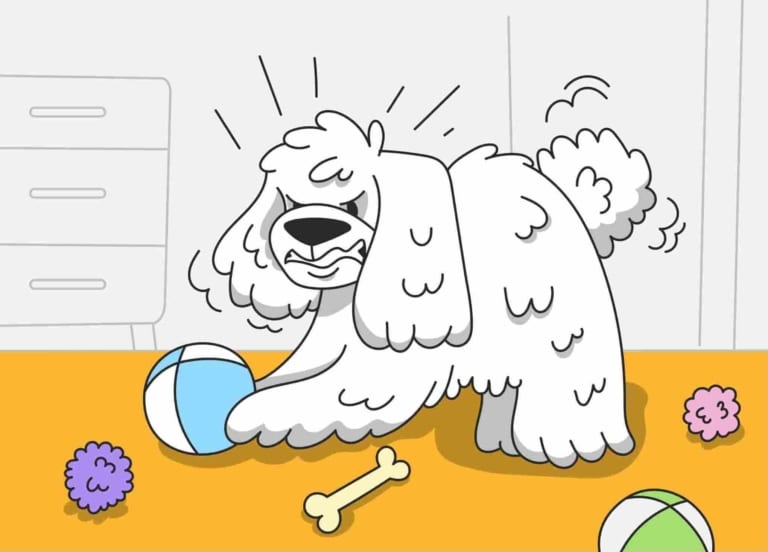Let’s explore the question: is it okay to yell at a dog? Does it help with training, and what are the consequences? Dogs are extremely sensitive to the tone of voice, mood, and non-verbal signals of their owners. Yelling is a strong emotional trigger for a dog and is perceived instinctively.
Why is this important to understand?
Many dog owners raise their voices without considering the effects: some want to get the dog’s attention, others are punishing bad behavior, and some simply lose control of their emotions. However, yelling can actually cause psychological harm to a dog. Understanding how dogs respond to raised voices helps avoid communication mistakes and builds a more trusting, harmonious relationship with your pet.
What does a dog feel when it’s being yelled at?
Dogs are social animals that naturally live in packs, where non-verbal communication plays the main role. In the wild, a loud voice is usually associated with danger or threat. So when an owner raises their voice, the dog interprets it as a warning signal, triggering a strong physiological response.
Physiological effects of yelling:
– Release of cortisol — the stress hormone, which increases anxiety and tension levels.
– Accelerated heartbeat — the dog may feel panic, even if it doesn’t show outwardly.
– Muscle tension — indicating the body is preparing to either flee or defend itself.
Emotional state:
– Fear and insecurity. The dog doesn’t understand why it’s being punished and may begin to fear even harmless situations.
– Avoidance or aggression. Under stress, the dog may start avoiding the owner or, in some cases, show aggressive behavior in return.
– Loss of trust. The dog no longer sees the owner as a reliable leader, damaging the bond between them.

How does yelling affect a dog’s behavior?
Yelling is an ineffective method of training. It doesn’t provide the dog with clear signals about what exactly it did wrong and only increases its anxiety.
Loss of trust.
If a dog hears yelling regularly, it begins to associate the owner with negativity. As a result, the dog may withdraw, avoid direct eye contact, ignore commands, or even run away when the person approaches.
Formation of negative associations.
If a dog is yelled at during specific situations (for example, when taking food, jumping on furniture, or interacting with other animals), it begins to associate those actions with danger. This can lead to unwanted behavior: fear of food, fear of other animals, and nervous reactions to people. Especially if yelling is paired with punishment.
Reinforcement of problematic behavior.
Many owners believe yelling stops bad behavior, but in reality, it often reinforces it. The dog may start reacting more strongly — barking back, hiding, refusing to come when called. In some cases, the dog may even become aggressive, particularly if it feels cornered or threatened.
Yelling does not educate — it creates additional problems in the relationship between the dog and its owner. To work effectively with a dog’s behavior, it’s important to use gentler, clearer methods based on trust and positive reinforcement.
Possible behavioral problems: fearfulness, aggression, or withdrawal
Yelling can cause not only an immediate fear response but also long-term psychological consequences. Depending on the dog’s temperament and individual personality, frequent yelling can result in one of three major reactions:
Increased fearfulness.
The dog becomes wary, avoids contact, hides, or runs away from the owner at the slightest sign of irritation. Such dogs often struggle with socialization and may fear loud noises, unfamiliar people, or even common household objects.
Aggression.
If the dog can’t escape a perceived threat, it may resort to self-defense. These dogs show signs such as growling, baring teeth, biting, or even attacking — especially if they feel constant pressure from the owner.
Withdrawal.
Some dogs shut down emotionally, stop initiating interaction, and become indifferent to their surroundings. They may ignore commands, lose interest in walks or toys, and avoid connecting with people altogether.
These consequences can severely reduce a dog’s quality of life and make communication difficult. It’s important to understand that fear-based training destroys trust and doesn’t lead to the desired results.
How to interact with a dog without yelling
Dogs respond best to a calm, confident tone, clear commands, and a reward-based system. Proper interaction is built on positive reinforcement, which fosters trust and encourages good behavior.
Calm tone of voice and positive reinforcement.
Dogs are highly attuned to their owner’s emotions, so it’s essential to communicate in a steady, calm voice. When the dog performs a desired behavior, it should be immediately rewarded — with gentle words, a pat, or a treat.
Using commands and praise for training.
Dogs learn quickly when commands are repeated consistently in similar situations and followed by rewards. For example, if the dog sits calmly before being fed, it should be praised and given the food — reinforcing the positive behavior.
Alternative methods for correcting behavior.
Instead of punishing unwanted behavior, redirect the dog. If it’s chewing furniture, offer a special toy. If it jumps on guests, teach it the “sit” command. If the dog is overly energetic, provide regular physical activity to help release excess energy constructively.
These methods not only help raise a well-behaved dog but also strengthen the bond of trust between the dog and its owner.
Gentle care at V.O.G DOG SALON
Every dog is unique — with its own temperament, life experience, and level of anxiety. At our network of grooming salons, we never use yelling or force, because we know it only worsens the animal’s emotional state and does not help with grooming dogs.
Our groomers use gentle communication methods, working patiently and with empathy for every dog — regardless of personality. We create a calm atmosphere where the pet feels no stress and can trust the groomer. If a dog is nervous, we give it time to adjust, calm down, and respond with affection and kindness.
At V.O.G DOG SALON, every dog receives high-quality care and a comfortable space where it is respected, understood, and loved. This is a place where dogs can feel safe — no matter their breed, age, or behavioral traits.











